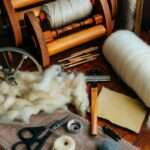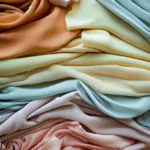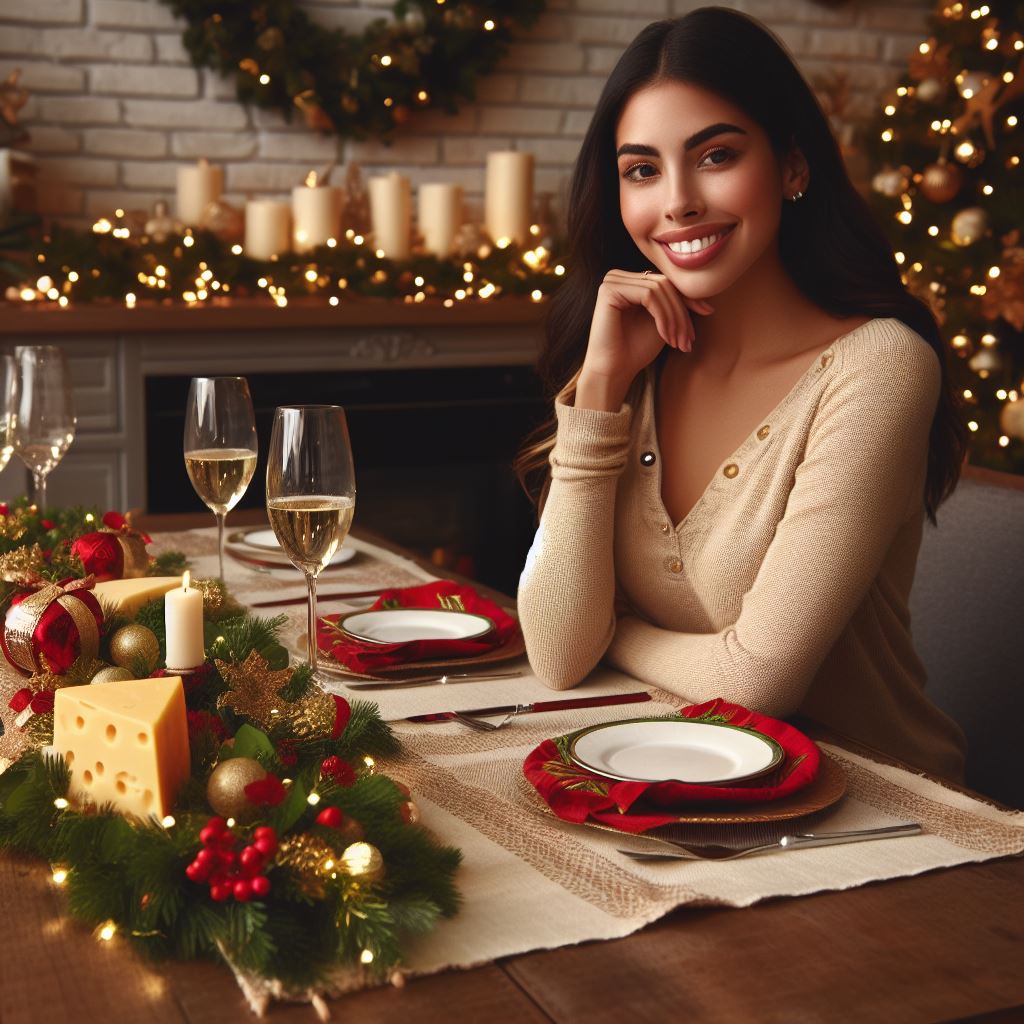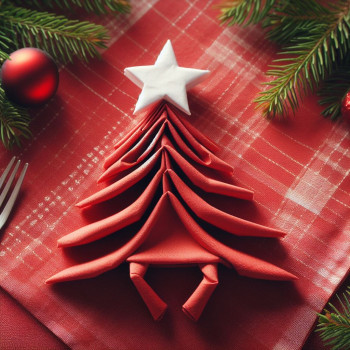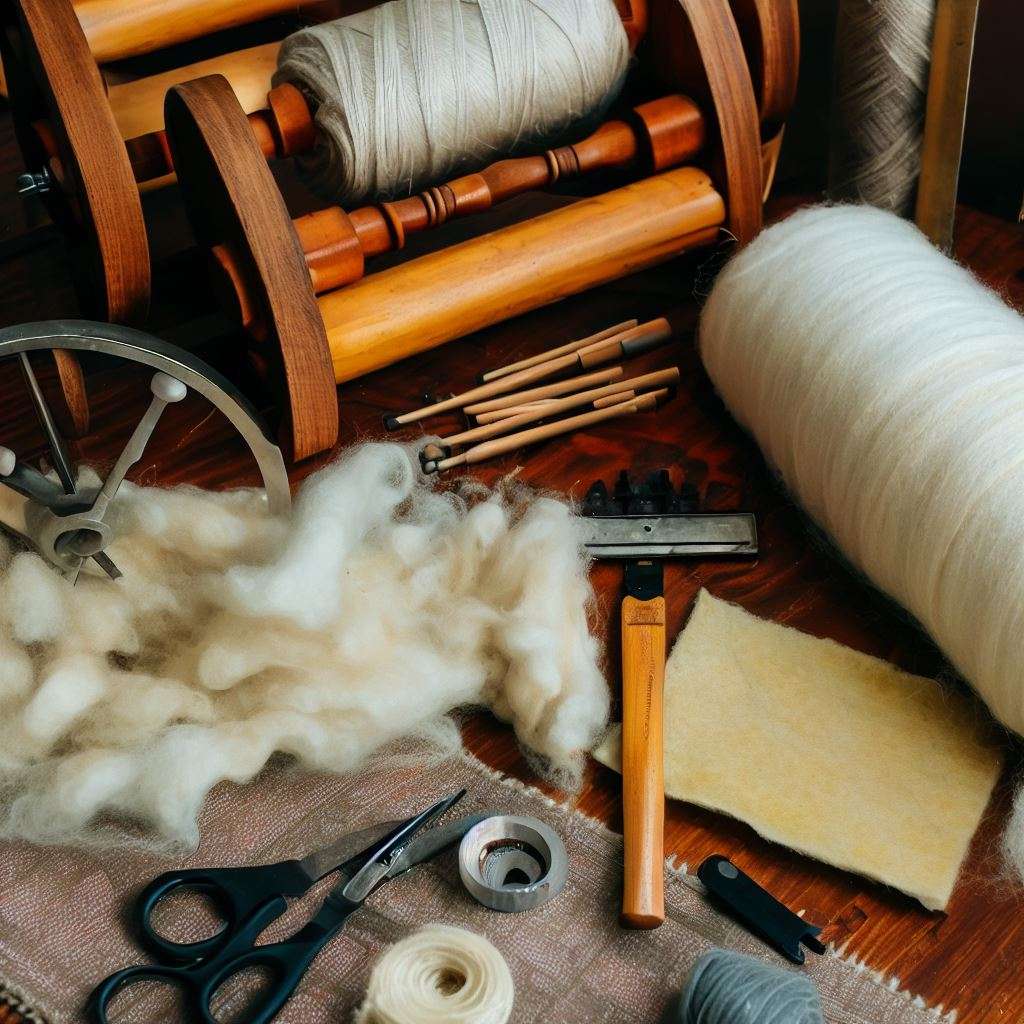In English, clothes and cloth are two different words with different meanings. Clothes refer to garments or pieces of clothing, such as shirts, pants, dresses, and coats. On the other hand, cloth refers to fabric such as wool or cotton that is used for making clothes .
Table of Contents
Section 1: Unraveling the Enigma of “Cloth”
1.1 Definition and Usage:
- Define what “cloth” refers to in the context of fabrics.
- Highlight its broad application as a material made from fibers.
1.2 Types of Cloth:
- Discuss various types of cloth, such as cotton, silk, wool, and synthetic fabrics.
- Provide examples of how different types of cloth are used in daily life, from upholstery to crafting.
1.3 Historical Significance:
- Explore the historical importance of cloth in human civilization.
- Mention its role in clothing, shelter, and other essential aspects of ancient societies.
Section 2: Decoding “Clothes” and Its Significance
2.1 Understanding “Clothes”:
- Define “clothes” as garments or articles worn to cover the body.
- Emphasize its role in personal expression, cultural identity, and protection.
2.2 The Art of Dressing:
- Discuss how clothes have evolved over time, reflecting societal changes and fashion trends.
- Highlight the significance of clothing choices in various cultures and occasions.
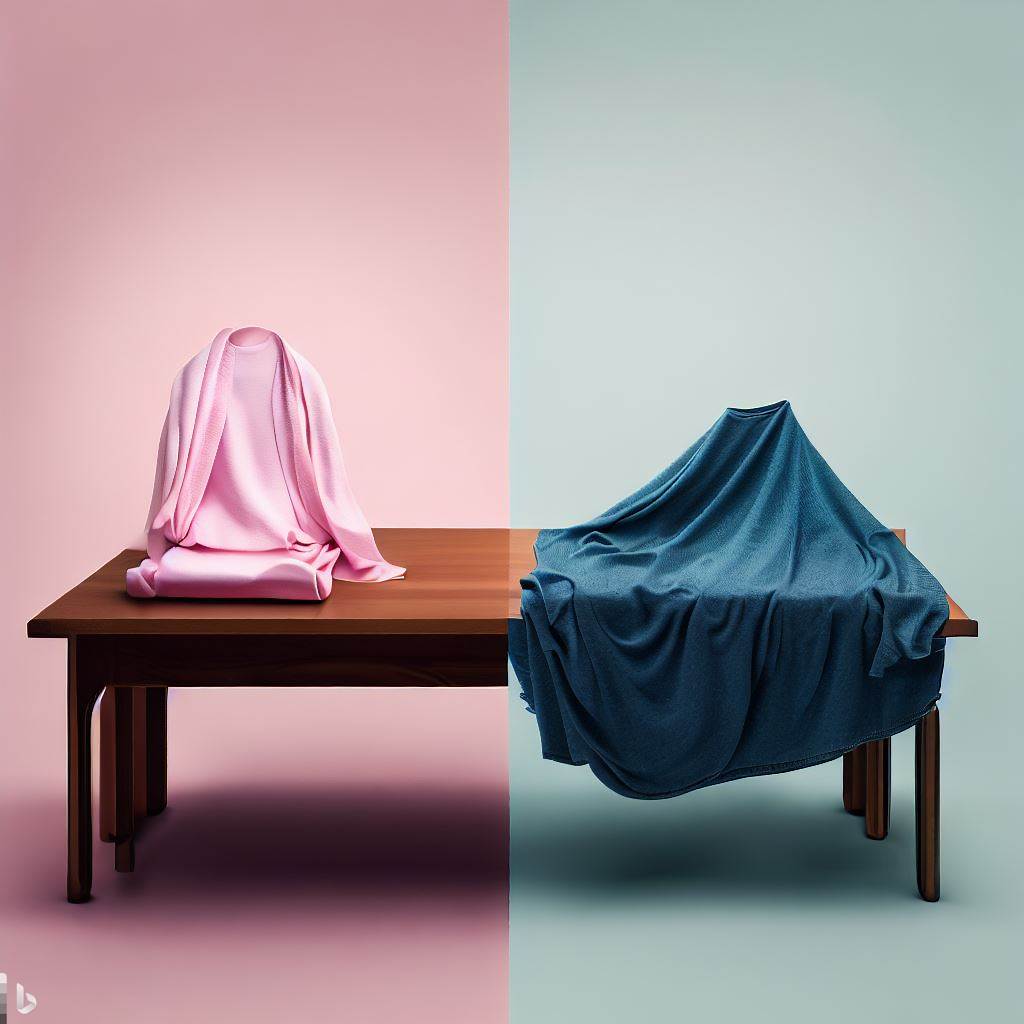
Section 3: The Difference Between Cloth and Clothes
3.1 Grammar and Usage:
- Clarify the grammatical distinction between “cloth” (singular) and “clothes” (plural).
- Provide examples to illustrate their correct usage in sentences.
3.2 Contextual Examples:
- Offer scenarios where “cloth” and “clothes” are used differently.
- Illustrate the appropriate usage in everyday situations.
Section 4: Exploring the World of Textiles and Attire
4.1 Characteristics of Cloth:
- Highlight attributes like texture, color, and durability that define different types of cloth.
- Mention its applications beyond clothing, such as in home decor and industrial uses.
4.2 Diversity in Clothing:
- Discuss the vast array of clothing styles across cultures and regions.
- Mention the role of clothes in making social statements and reflecting individual personalities.
Section 5: Embracing the Nuances
5.1 Appreciating the Language:
- Encourage readers to pay attention to language nuances and expand their vocabulary.
- Emphasize the importance of clear communication through proper word usage.
5.2 Celebrating Versatility:
- Summarize the distinctive traits of “cloth” and “clothes.”
- Invite readers to celebrate the richness of language and its ability to capture intricate differences.
Conclusion: A Tale of Two Words
- Sum up the main ideas covered throughout the article.
- Reiterate the significance of distinguishing between “cloth” and “clothes.”
- Encourage readers to apply their newfound knowledge in their everyday conversations.
Table: Differences Between “Cloth” and “Clothes”
| Aspect | Cloth | Clothes |
|---|---|---|
| Definition | Fabric material | Garments worn on body |
| Grammatical | Singular | Plural |
| Usage | Refers to fabric | Refers to garments |
| Examples | Cotton, silk, wool, etc. | Shirts, pants, dresses |
| Application | Home decor, crafting | Personal expression |
Section 6: Navigating Common Confusions
6.1 Common Mistakes:
- Address common misconceptions or errors related to the usage of “cloth” and “clothes.”
- Provide examples of sentences where people often interchange these terms incorrectly.
6.2 Tips for Clarity:
- Offer practical tips to help readers remember the correct usage of these words.
- Suggest mnemonic devices or memory aids that can assist in distinguishing between them.
Section 7: Language’s Intricacies and Evolution
7.1 Language’s Fluid Nature:
- Discuss how languages evolve over time and adapt to changes in culture and society.
- Mention how words’ meanings and usage can shift subtly or significantly across generations.
7.2 Delving into Etymology:
- Briefly explore the origins of the words “cloth” and “clothes.”
- Highlight how their historical roots contribute to their meanings today.
Section 8: Fun Facts and Curiosities
8.1 Odd Expressions:
- Share idiomatic expressions or phrases that involve “cloth” or “clothes.”
- Offer explanations for the origins and meanings behind these linguistic quirks.
8.2 Cross-Cultural Comparisons:
- Explore how different languages handle the distinction between “cloth” and “clothes.”
- Highlight any interesting parallels or differences that arise in translation.
Section 9: Language Play and Word Puzzles
9.1 Word Play Activities:
- Engage readers with interactive word puzzles related to “cloth” and “clothes.”
- Provide anagrams, crossword clues, or fill-in-the-blank sentences for a lighthearted learning experience.
9.2 Reader Participation:
- Encourage readers to share their personal experiences with language confusions.
- Invite them to submit their own linguistic puzzles or anecdotes related to similar word pairs.
Conclusion: Beyond Words and Garments
- Summarize the various facets explored in the blog post.
- Reflect on how a seemingly simple distinction between “cloth” and “clothes” unveils layers of linguistic, cultural, and historical significance.
- Encourage readers to continue exploring language’s intricacies and to appreciate the stories woven into everyday words.


